Sotiris Moschoyiannis
Department of Computer Science, University of Surrey, UK
Inferring probabilistic Boolean networks from steady-state gene data samples
Nov 11, 2022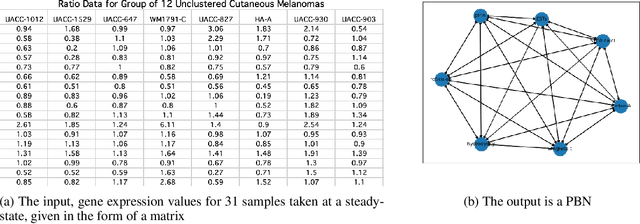

Abstract:Probabilistic Boolean Networks have been proposed for estimating the behaviour of dynamical systems as they combine rule-based modelling with uncertainty principles. Inferring PBNs directly from gene data is challenging however, especially when data is costly to collect and/or noisy, e.g., in the case of gene expression profile data. In this paper, we present a reproducible method for inferring PBNs directly from real gene expression data measurements taken when the system was at a steady state. The steady-state dynamics of PBNs is of special interest in the analysis of biological machinery. The proposed approach does not rely on reconstructing the state evolution of the network, which is computationally intractable for larger networks. We demonstrate the method on samples of real gene expression profiling data from a well-known study on metastatic melanoma. The pipeline is implemented using Python and we make it publicly available.
Spontaneous Emergence of Computation in Network Cascades
Apr 27, 2022

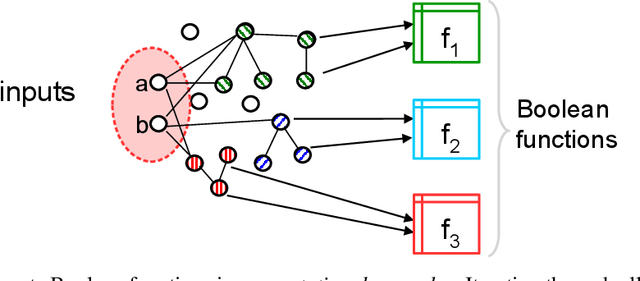
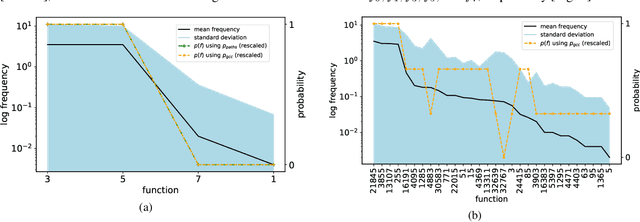
Abstract:Neuronal network computation and computation by avalanche supporting networks are of interest to the fields of physics, computer science (computation theory as well as statistical or machine learning) and neuroscience. Here we show that computation of complex Boolean functions arises spontaneously in threshold networks as a function of connectivity and antagonism (inhibition), computed by logic automata (motifs) in the form of computational cascades. We explain the emergent inverse relationship between the computational complexity of the motifs and their rank-ordering by function probabilities due to motifs, and its relationship to symmetry in function space. We also show that the optimal fraction of inhibition observed here supports results in computational neuroscience, relating to optimal information processing.
HoneyCar: A Framework to Configure HoneypotVulnerabilities on the Internet of Vehicles
Nov 03, 2021
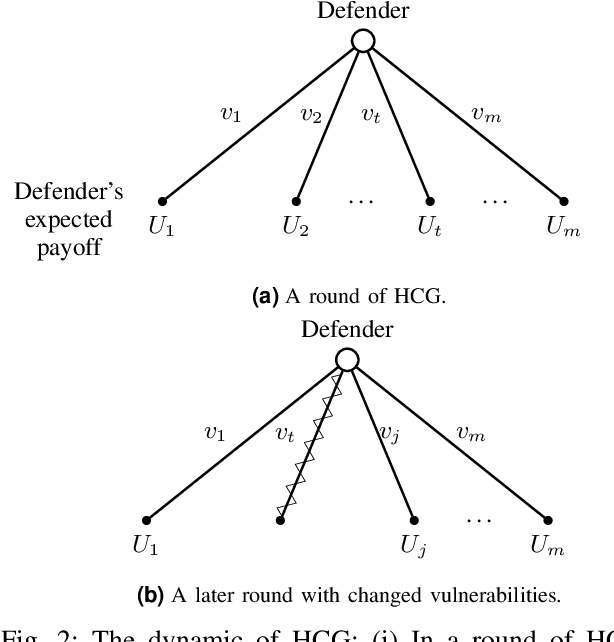
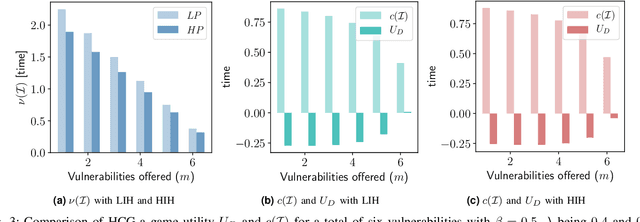
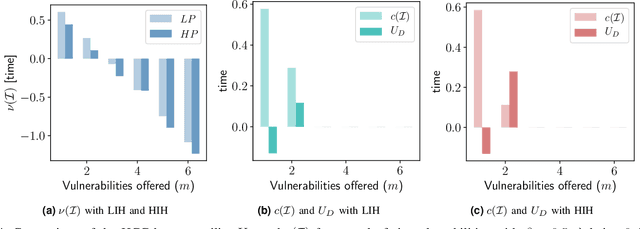
Abstract:The Internet of Vehicles (IoV), whereby interconnected vehicles communicate with each other and with road infrastructure on a common network, has promising socio-economic benefits but also poses new cyber-physical threats. Data on vehicular attackers can be realistically gathered through cyber threat intelligence using systems like honeypots. Admittedly, configuring honeypots introduces a trade-off between the level of honeypot-attacker interactions and any incurred overheads and costs for implementing and monitoring these honeypots. We argue that effective deception can be achieved through strategically configuring the honeypots to represent components of the IoV and engage attackers to collect cyber threat intelligence. In this paper, we present HoneyCar, a novel decision support framework for honeypot deception in IoV. HoneyCar builds upon a repository of known vulnerabilities of the autonomous and connected vehicles found in the Common Vulnerabilities and Exposure (CVE) data within the National Vulnerability Database (NVD) to compute optimal honeypot configuration strategies. By taking a game-theoretic approach, we model the adversarial interaction as a repeated imperfect-information zero-sum game in which the IoV network administrator chooses a set of vulnerabilities to offer in a honeypot and a strategic attacker chooses a vulnerability of the IoV to exploit under uncertainty. Our investigation is substantiated by examining two different versions of the game, with and without the re-configuration cost to empower the network administrator to determine optimal honeypot configurations. We evaluate HoneyCar in a realistic use case to support decision makers with determining optimal honeypot configuration strategies for strategic deployment in IoV.
Synthesis and Pruning as a Dynamic Compression Strategy for Efficient Deep Neural Networks
Nov 23, 2020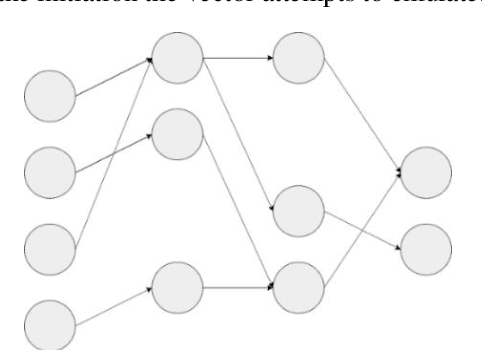
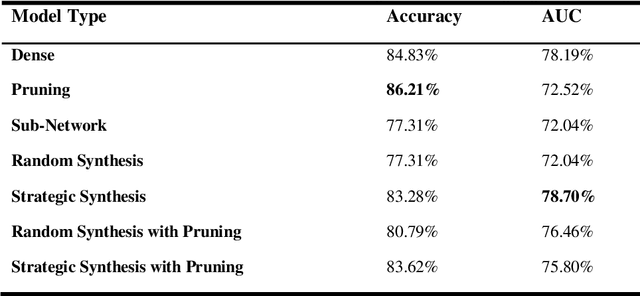
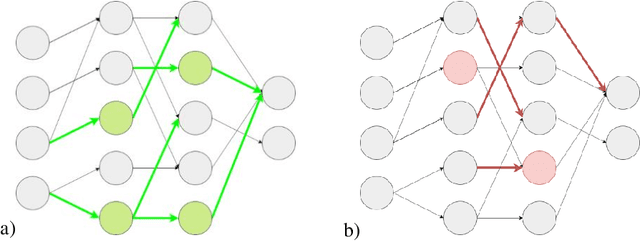
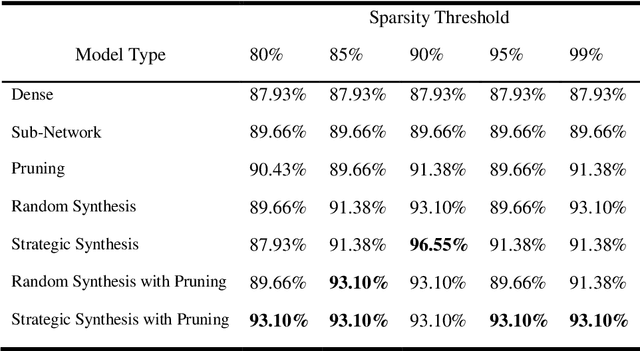
Abstract:The brain is a highly reconfigurable machine capable of task-specific adaptations. The brain continually rewires itself for a more optimal configuration to solve problems. We propose a novel strategic synthesis algorithm for feedforward networks that draws directly from the brain's behaviours when learning. The proposed approach analyses the network and ranks weights based on their magnitude. Unlike existing approaches that advocate random selection, we select highly performing nodes as starting points for new edges and exploit the Gaussian distribution over the weights to select corresponding endpoints. The strategy aims only to produce useful connections and result in a smaller residual network structure. The approach is complemented with pruning to further the compression. We demonstrate the techniques to deep feedforward networks. The residual sub-networks that are formed from the synthesis approaches in this work form common sub-networks with similarities up to ~90%. Using pruning as a complement to the strategic synthesis approach, we observe improvements in compression.
Deep Reinforcement Learning for Control of Probabilistic Boolean Networks
Sep 10, 2019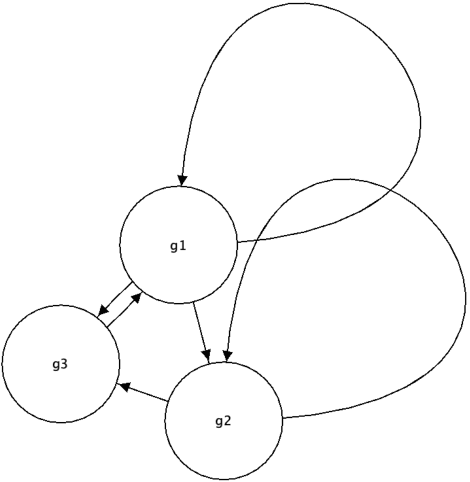
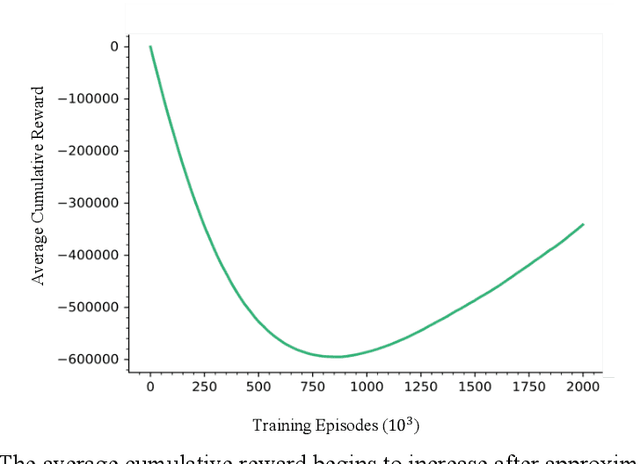
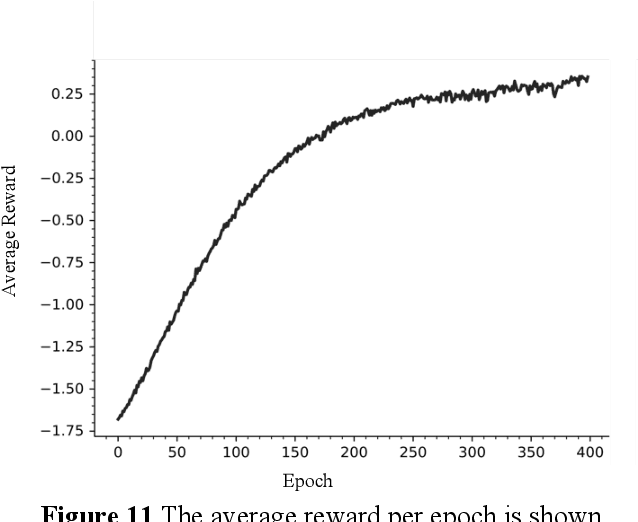

Abstract:Probabilistic Boolean Networks (PBNs) were introduced as a computational model for studying gene interactions in Gene Regulatory Networks (GRNs). Controllability of PBNs, and hence GRNs, is the process of making strategic interventions to a network in order to drive it from a particular state towards some other potentially more desirable state. This is of significant importance to systems biology as successful control could be used to obtain potential gene treatments by making therapeutic interventions. Recent advancements in Deep Reinforcement Learning have enabled systems to develop policies merely by interacting with the environment, without complete knowledge of the underlying Markov Decision Process (MDP). In this paper we have implemented a Deep Q Network with Double Q Learning, that directly interacts with the environment -that is, a Probabilistic Boolean Network. Our approach develops a control policy by sampling experiences obtained from the environment using Prioritized Experience Replay which successfully drives a PBN from any state towards the desired one. This novel approach sets the foundations for overcoming the inability to scale to larger PBNs and opens up the spectrum in which to consider control of GRNs without the need of a computational model, i.e. by direct interventions to the GRN.
A Web-based Tool for Identifying Strategic Intervention Points in Complex Systems
Aug 02, 2016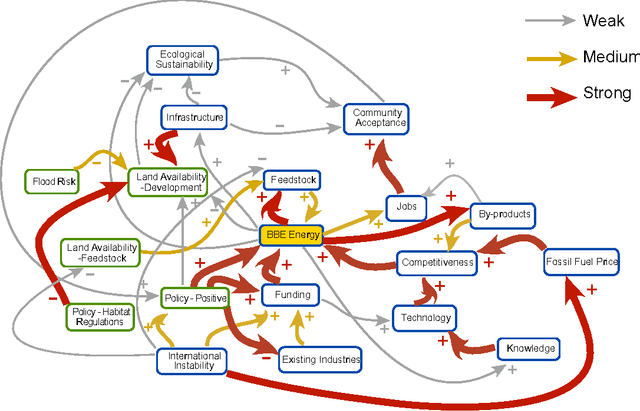
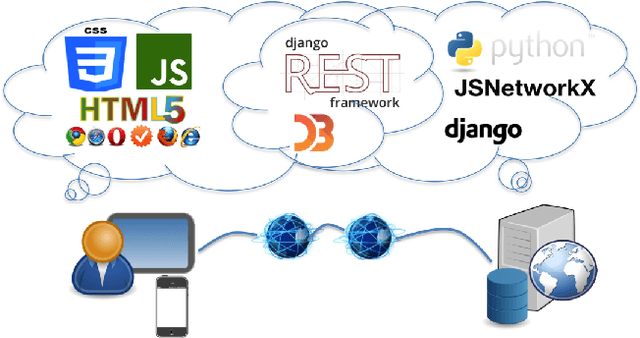
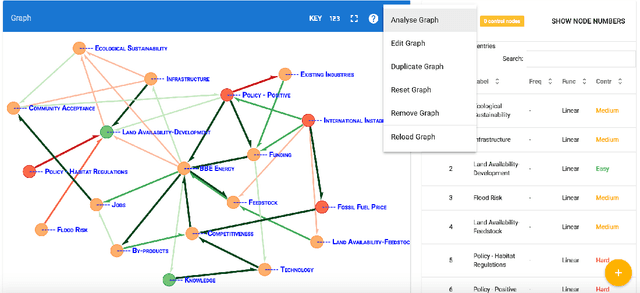
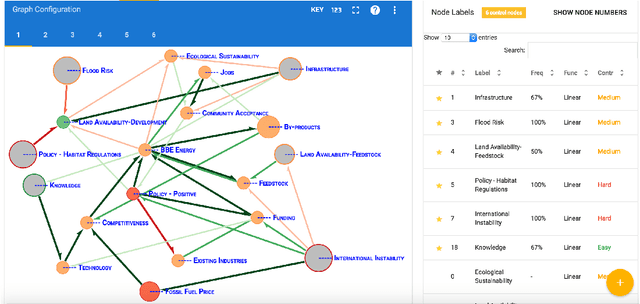
Abstract:Steering a complex system towards a desired outcome is a challenging task. The lack of clarity on the system's exact architecture and the often scarce scientific data upon which to base the operationalisation of the dynamic rules that underpin the interactions between participant entities are two contributing factors. We describe an analytical approach that builds on Fuzzy Cognitive Mapping (FCM) to address the latter and represent the system as a complex network. We apply results from network controllability to address the former and determine minimal control configurations - subsets of factors, or system levers, which comprise points for strategic intervention in steering the system. We have implemented the combination of these techniques in an analytical tool that runs in the browser, and generates all minimal control configurations of a complex network. We demonstrate our approach by reporting on our experience of working alongside industrial, local-government, and NGO stakeholders in the Humber region, UK. Our results are applied to the decision-making process involved in the transition of the region to a bio-based economy.
* In Proceedings Cassting'16/SynCoP'16, arXiv:1608.00177
Service Choreography, SBVR, and Time
Dec 24, 2015
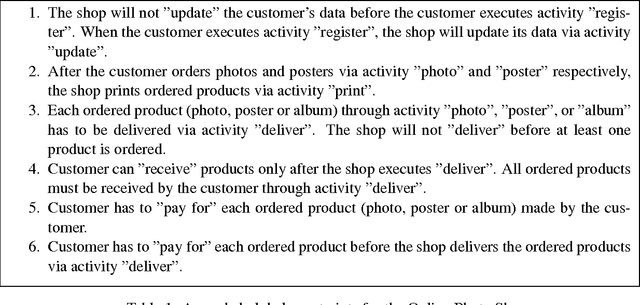


Abstract:We propose the use of structured natural language (English) in specifying service choreographies, focusing on the what rather than the how of the required coordination of participant services in realising a business application scenario. The declarative approach we propose uses the OMG standard Semantics of Business Vocabulary and Rules (SBVR) as a modelling language. The service choreography approach has been proposed for describing the global orderings of the invocations on interfaces of participant services. We therefore extend SBVR with a notion of time which can capture the coordination of the participant services, in terms of the observable message exchanges between them. The extension is done using existing modelling constructs in SBVR, and hence respects the standard specification. The idea is that users - domain specialists rather than implementation specialists - can verify the requested service composition by directly reading the structured English used by SBVR. At the same time, the SBVR model can be represented in formal logic so it can be parsed and executed by a machine.
* In Proceedings FOCLASA 2015, arXiv:1512.06947
 Add to Chrome
Add to Chrome Add to Firefox
Add to Firefox Add to Edge
Add to Edge